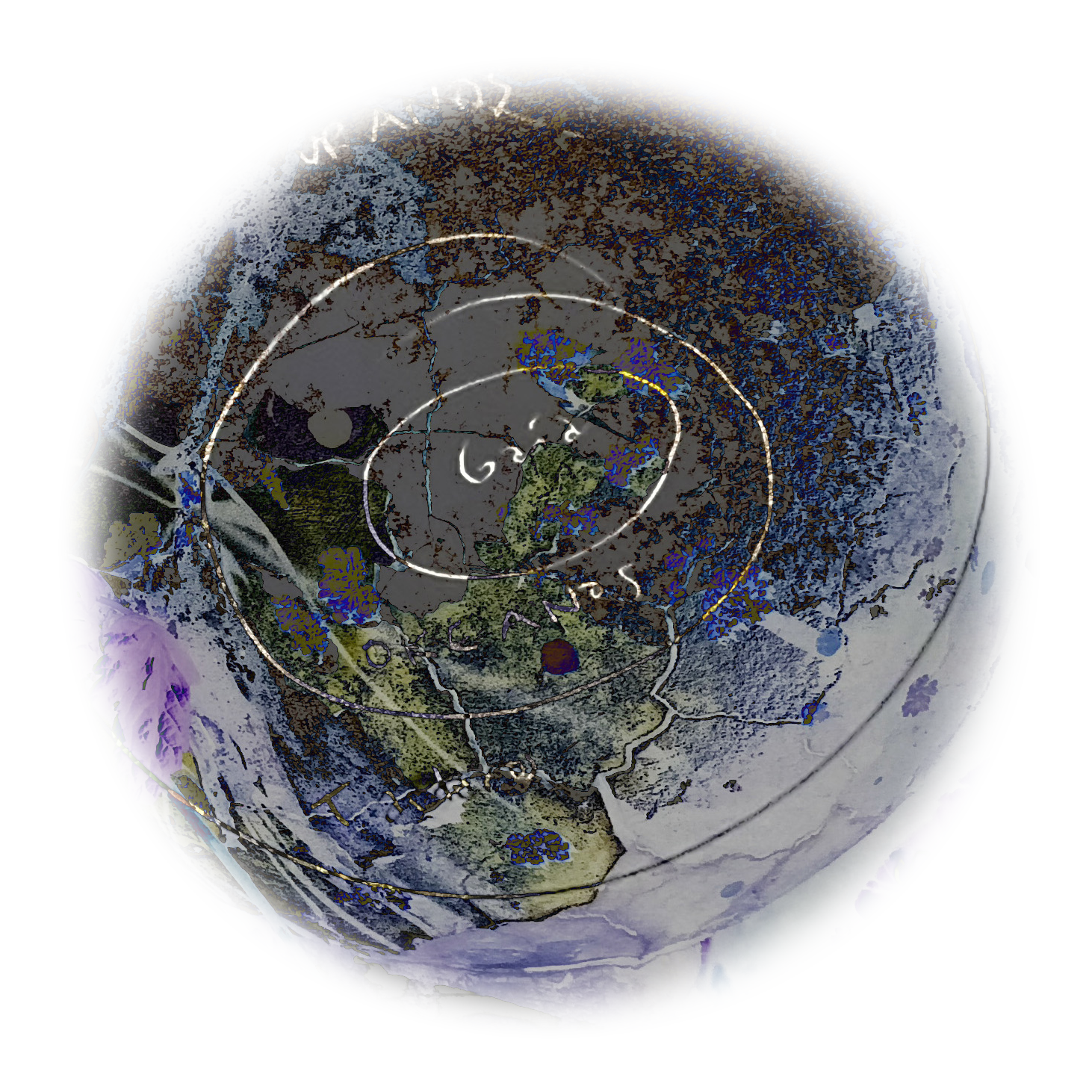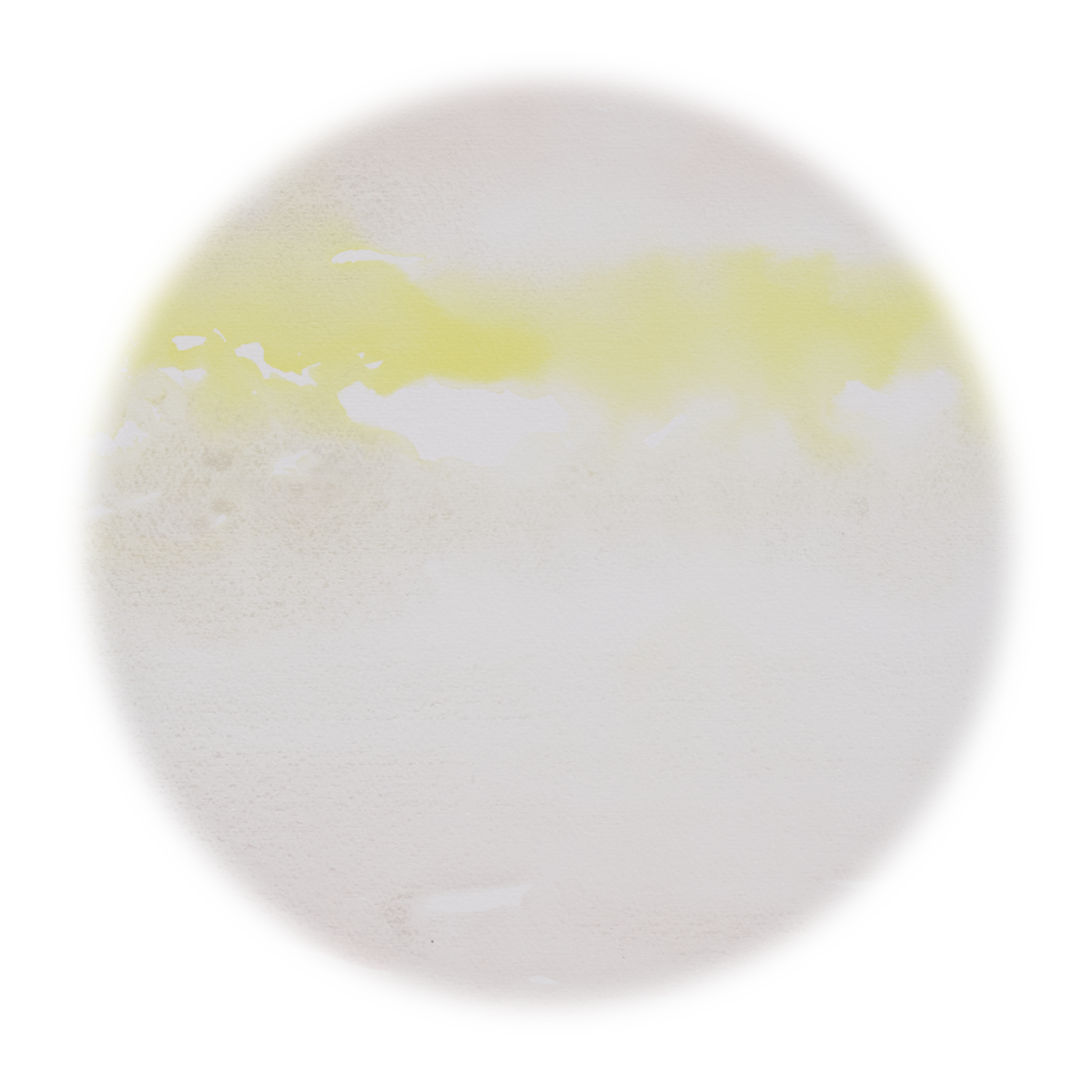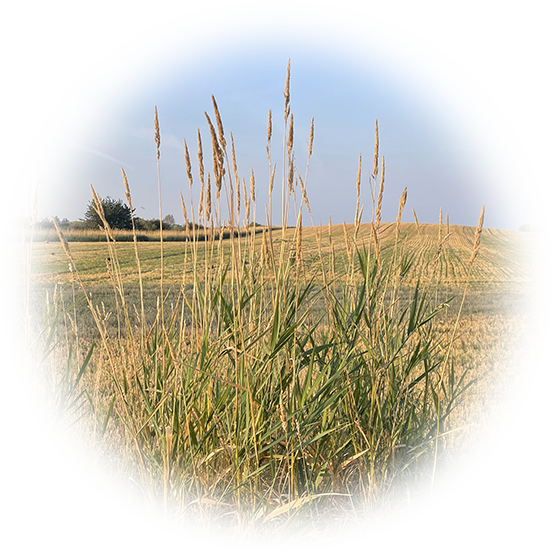future/tense
Within and Beyond - Embodied Planetary Cycles
Sara Rossling, Rebekka Elisabeth Anker-Møller and Christopher Sand-Iversen
Within and Beyond investigates how we can create renewed connections to the circadian rhythm and the seasonal cycle, which are crucial for bodily functions such as digestion, the immune system and sleep patterns, in ways that are meaningful in contemporary urban life.



